Amazon Brand Registry Made Easy: Everything You Need to Know
With millions of sellers on Amazon, protecting your brand has never been more important. Counterfeit
Selling on Amazon offers immense opportunities, but one of the most crucial decisions sellers face is choosing between Fulfillment by Amazon (FBA) and Fulfilled by Merchant (FBM). But before you dive in, there’s a key decision that can shape your success:
How will you fulfill your orders?
This choice can impact your profit margins, customer satisfaction, and overall business scalability. Should you let Amazon handle everything with FBA for that coveted Prime badge or take full control with FBM to maximize profits and brand experience? While some sellers swear by one method, others strike a balance with a hybrid approach.
In this guide, we’ll break down the pros, cons, and costs of both fulfillment models, helping you determine the best fit for your business.
Let’s get started!
Fulfillment by Amazon (FBA) is a service where Amazon stores, packs, and ships your products for you. You send your inventory to Amazon’s fulfillment centers, and they handle everything—from storage and order fulfillment to customer service and returns.
Hence, this means your products can qualify for Prime shipping, leading to faster delivery and potentially higher sales. While FBA simplifies logistics, it also comes with storage and fulfillment fees, which you must consider when pricing your products.
Fulfilled by Merchant (FBM) means you store, pack, and ship products directly to customers instead of using Amazon’s warehouses. You manage your own inventory, packaging, shipping, and customer service. Additionally, this gives you full control over your business operations and costs, it also requires efficient logistics and timely order fulfillment to stay competitive.
Unlike FBA, FBM does not automatically qualify for Prime shipping, which can impact sales and Buy Box competitiveness.
FBA is best for: Small, lightweight, and fast-moving products that benefit from Prime shipping, such as electronics, beauty products, and consumer goods.
FBM is ideal for: Heavy, oversized, customized, or slow-moving products with lower turnover, such as furniture, handmade goods, or specialty automotive parts.
FBA Fees Explained: While FBA offers convenience and scalability, it comes with various fees that sellers must factor into their pricing strategy. The main costs include:
a. Fulfillment Fees: Charged per unit based on size and weight, covering picking, packing, and shipping.
b. Storage Fees: Monthly charges for storing inventory in Amazon’s fulfillment centers, with higher rates for Q4.
c. FBA aged inventory surcharge (previously known as long-term storage fees): Additional costs for items stored over 365 days to encourage faster inventory turnover.
d. Return Processing Fees: Applied when Amazon handles customer returns for certain product categories.
Starting June 1, 2024, Amazon applies a Return Processing Fee to products (excluding apparel and shoes) with high return rates. This fee covers return handling costs and encourages sellers to optimize their listings to reduce unnecessary returns.
How Does the Fee Work?
Let’s say you ship 1,000 units in June. If 120 units are returned by August and the return rate threshold for your category is 10% (100 units), only the 20 excess returns would be subject to the return processing fee.
Sample Return Rate Thresholds (By Category)
| Category | Return Rate Threshold |
| Beauty, Health & Personal Care | 5.5% |
| Home & Kitchen | 8.1% |
| Consumer Electronics | 11.2% |
| Pet Products | 10.2% |
| Toys & Games | 4.7% |
Tip: Reduce return rates by providing accurate product descriptions, high-quality images, and clear sizing details to avoid unnecessary fees. To know more, head here.
Using Amazon’s FBA Revenue Calculator can help sellers estimate costs and optimize profitability.
FBM Costs Explained (With Examples): When fulfilling orders yourself, you handle storage, shipping, and customer service yourself. Here’s a breakdown of key FBM costs with real-world examples:
1. Warehouse or Storage Space
You need space to store inventory, whether it’s a rented warehouse, a self-storage unit, or part of your home.
Example:
You sell branded coffee mugs and store 2,000 units in a small rented warehouse, costing $500 per month in rent.
If you store them in your garage, you save on rent but may face space limitations as your business grows.
2. Packaging and Shipping Costs
With FBM, you buy boxes, bubble wrap, labels, and shipping materials while covering carrier fees (USPS, UPS, FedEx, etc.).
Example:
You sell weighted blankets at $60 each.
A large shipping box and bubble wrap cost $2 per order.
Shipping via UPS Ground costs $12 per blanket, depending on the destination.
Total per-order shipping cost is $14.
If you negotiate bulk shipping discounts with a carrier, you might lower shipping costs per unit.
3. Customer Service and Return Handling
As an FBM seller, you handle customer inquiries, complaints, and returns. This includes hiring support staff or spending time managing it yourself.
Example:
A buyer returns a phone case because it didn’t fit their device.
You pay $5 in return shipping and need to inspect and restock the item, adding time and labor costs.
If return rates are high, return costs can quickly add up, affecting profitability.
Key Takeaway: While FBM gives you control over costs, careful cost management is essential for maximizing profit.
Pro Tip: Use Amazon’s Revenue Calculator to compare costs.
Inventory Management & Storage
FBA: Your inventory is stored in Amazon’s fulfillment centers, but you must comply with storage limits, long-term fees, and restocking policies to avoid extra costs.
FBM: You manage your own inventory, requiring efficient warehousing, organization, and shipping logistics to prevent stockouts or delays.
Customer Service & Returns
FBA: Amazon handles customer inquiries and returns, but their lenient return policy may lead to higher return rates and potential losses.
FBM: You control customer interactions, return policies, and refund decisions, allowing for better fraud prevention and cost control.
Sales Volume & Buy Box Competitiveness
FBA: Products using FBA often win the Buy Box more frequently, thanks to fast Prime shipping and Amazon’s fulfillment guarantee.
FBM: To compete for the Buy Box, you must offer competitive pricing, fast shipping, and excellent customer ratings to maintain visibility and conversion rates.
Absolutely! Many sellers strategically use both FBA and FBM to optimize costs, fulfillment speed, and product availability. A hybrid approach allows flexibility, reduces risks, and ensures better inventory management.
FBA: Best for fast-moving, small-to-medium-sized products that benefit from Prime shipping and Amazon’s logistics.
FBM: Ideal for bulky, heavy, or niche products where self-fulfillment is more cost-effective.
With MCF, you can use your FBA inventory to fulfill orders from other sales channels like Shopify, eBay, or TikTok Shop.
This allows you to leverage Amazon’s logistics while selling beyond Amazon, streamlining operations, and reducing warehousing costs.
SFP lets FBM sellers offer Prime shipping without using FBA, but it comes with strict delivery performance requirements.
Sellers must meet Amazon’s fast shipping standards, handle their own storage, and use Amazon-approved carriers.
This program extends Amazon’s Prime benefits to an independent website, increasing its trust and hopefully conversions.
Customers enjoy fast, Prime-backed shipping and returns, while sellers retain brand control and customer data.
Using a hybrid strategy can help you balance costs, fulfillment speed, and sales potential while maintaining maximum flexibility across multiple platforms.
Choosing the right fulfillment method depends on your product type, business model, and operational capabilities. Here’s how to decide:
Choosing between FBA and FBM isn’t just about fulfillment fees, it’s also about the value of your time. To estimate the hidden cost of FBM, consider the time spent on fulfillment.
For instance, if you value your time at $50 per hour and it takes 15 minutes to process and ship each order, the opportunity cost is $12.50 per sale.
While FBM may provide greater control over fulfillment, the time investment adds up, potentially limiting your ability to scale operations or focus on higher-value tasks like marketing and product development.
Both FBA and FBM offer unique advantages, and the right choice depends on your business needs. FBA simplifies logistics and provides Prime eligibility, while FBM gives you greater control over inventory, shipping, and customer service. Many sellers succeed with a hybrid approach, leveraging both methods to optimize costs, efficiency, and flexibility.
But managing fulfillment across different channels can be complex. That’s where CedCommerce comes in. Our expert solutions help you streamline inventory, automate order management, and seamlessly integrate FBA, FBM, and Multi-Channel Fulfillment (MCF). Whether you’re looking to maximize Prime benefits, reduce fulfillment costs, or scale your business, CedCommerce provides the tools and support you need.
Make fulfillment work for you; partner with CedCommerce today and simplify selling on Amazon.

With millions of sellers on Amazon, protecting your brand has never been more important. Counterfeit

TikTok isn’t just setting trends anymore — it’s rewriting the playbook for performance marketing, creative

In a significant development for online retailers, Walmart has officially updated its policies to permit
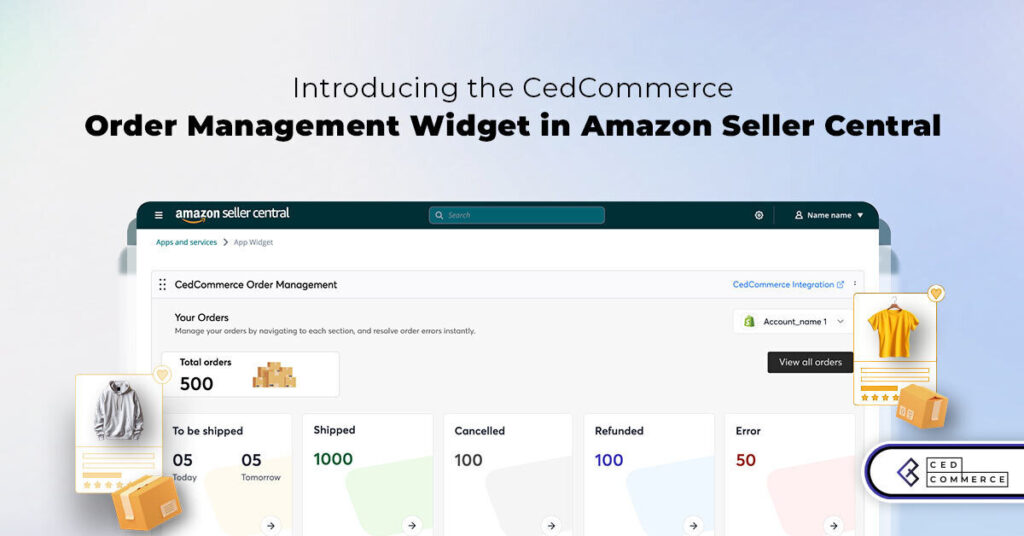
Are you encountering issues with Amazon order management across various sales channels? If so, everyday

A Deep Dive into Selling Smart on TikTok Shop UK, TikTok Shop US, and TikTok
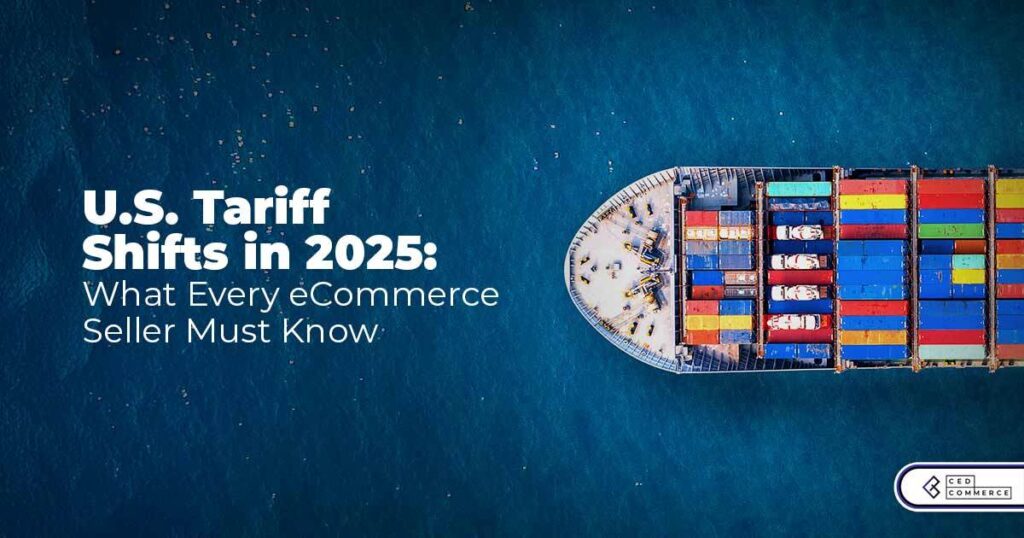
In a world where cross-border commerce fuels eCommerce growth, tariffs are no longer just policy
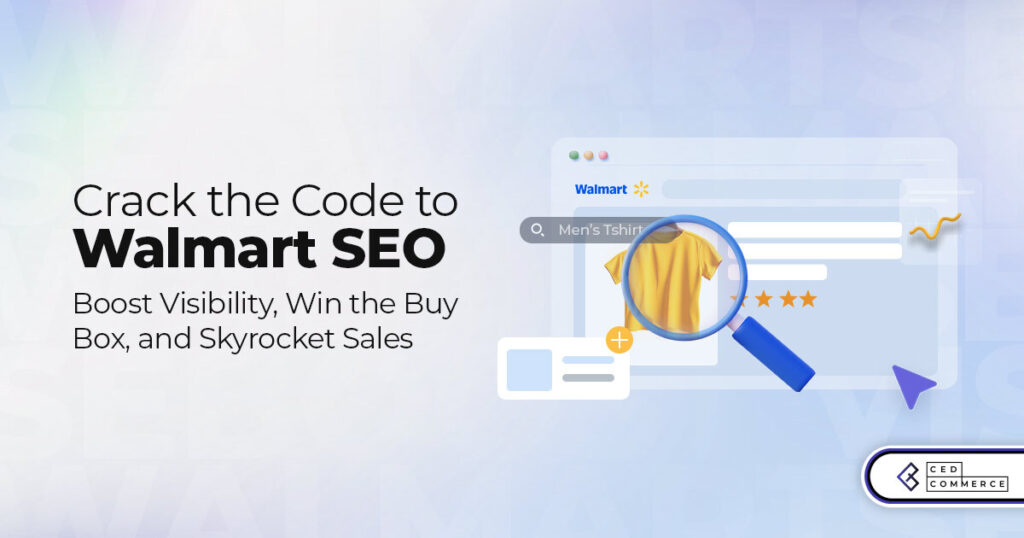
In the world of eCommerce, visibility is everything—and Walmart Marketplace is no exception. With thousands

In what comes as a major relief for TikTok and its millions of users in

In a move aimed at enhancing product quality and boosting buyer confidence, TikTok Shop has

Selling on Amazon offers immense opportunities, but one of the most crucial decisions sellers face

Amazon is doubling down on AI-driven selling tools, introducing a new AI-generated product enrichment pilot
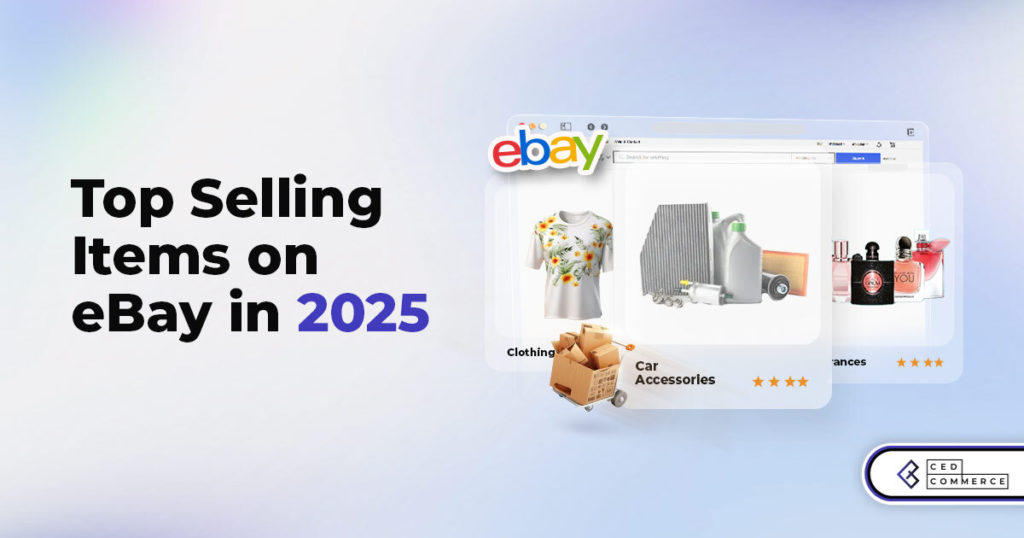
With over 17.6 million sellers on eBay marketplace, cracking the code behind the top selling

Amazon is doubling down on artificial intelligence, introducing the AI-powered ‘Interests’ feature that automatically finds
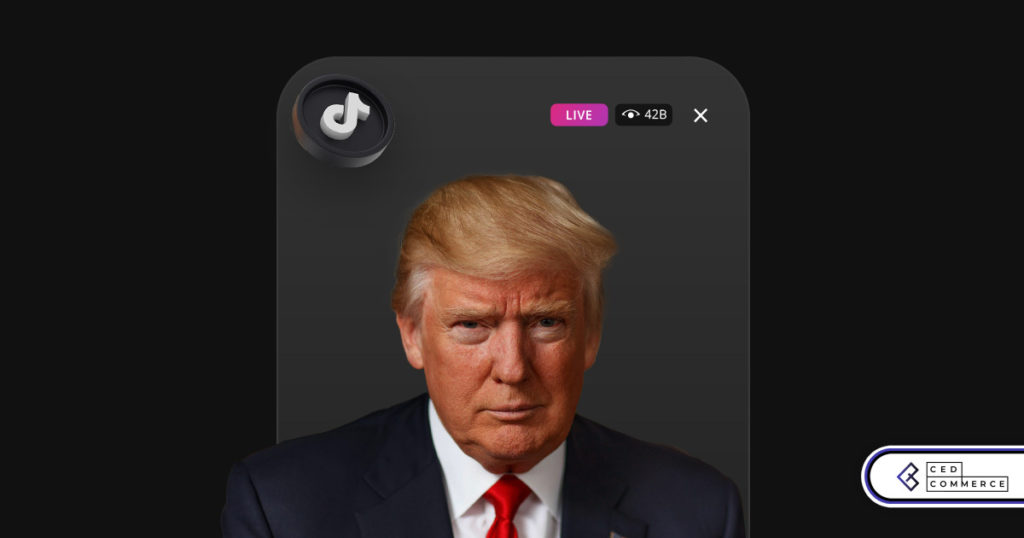
U.S. President Donald Trump has hinted that a TikTok deal is on track before the
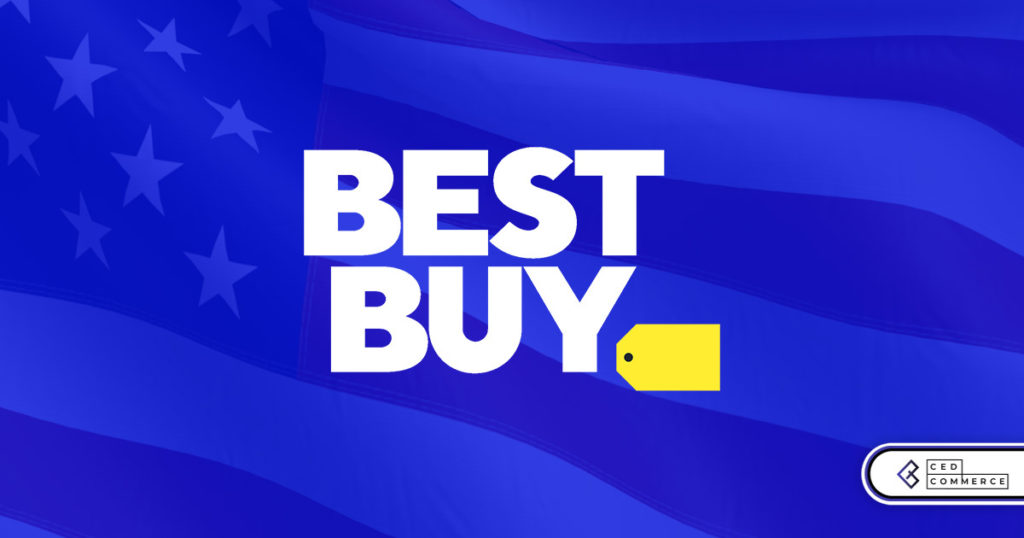
Nearly a decade after closing post its first attempt, Best Buy is returning to the

PrestaShop has long been a leading name in European eCommerce. With its flexibility, user-friendly interface,
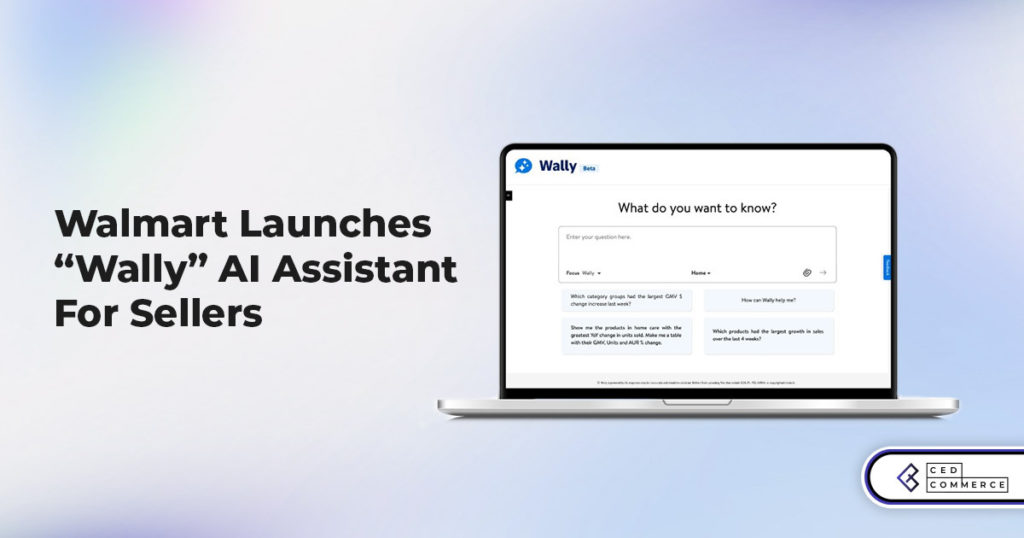
In a significant move to improve merchant operations, Walmart has introduced “Wally,” a generative AI

TikTok Shop, the eCommerce division of the popular social media platform TikTok, is set to

Despite political scrutiny and regulatory challenges, TikTok Shop is thriving in the U.S., with American
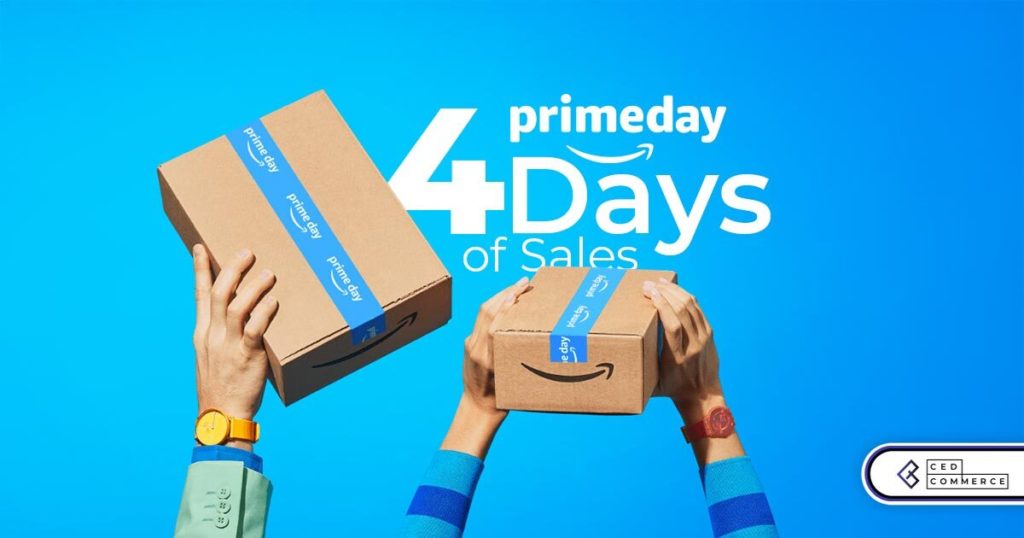
Amazon is making history by extending its flagship summer sales event to four days in